
Reliability in the personal authentication is key to the security in the networked society. Prior work on palmprint identification has only focused on the principal palmprint features i.e. creases and lines. However, the information content of palmprint images also consists of certain local and global features, which can be used for recognition. Thus a palmprint image can be analyzed as texture, which is random rather than uniform. This texture is composed of wrinkles, ridges and principal lines, and is quite unique in every person. Therefore the multichannel filtering of every palmprint image is proposed to capture its salient features.
1. System Overview

Figure 1: Block-diagram of the proposed palmprint-based personal recognition system.
2. Automated Selection of ROI
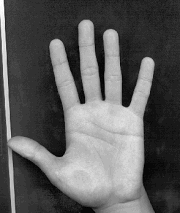


(a) (b) (c)
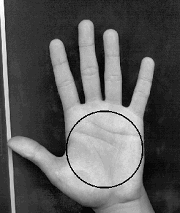
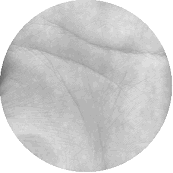
(d)
Figure 2: Automated extraction of Region of Interest i.e. palmprint from the composite hand image: (a) Acquired image from the image sensor, (b) Image after automated thresholding (c) Image after morphological operations, (d) Palmprint i.e. circle generated from the center of limits of observed region in (c), (e) Extracted palmprint image.
3. Image Enhancement
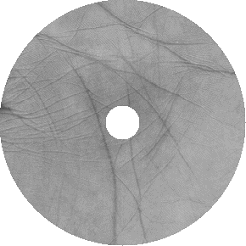
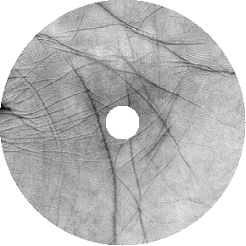
(a)
Figure 3: A typical palmprint image before (a) and after normalization (b).
4. Even-Symmetric Gabor Filters
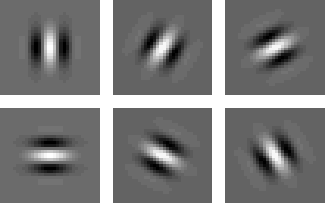
Figure 4:
Spatial-domain representation of 31 ´ 31 even symmetric Gabor filters with
![]() =
=
![]() = 4,
= 4,
![]() , at 6 different orientations.
, at 6 different orientations.
5. Feature Sampling from Filtered images
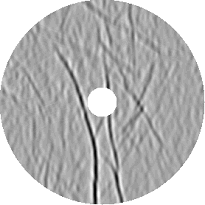
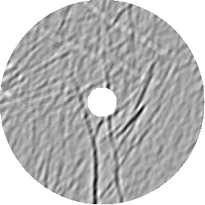
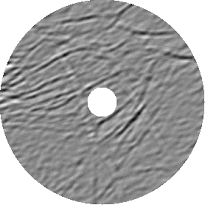
(a) (b) (c)
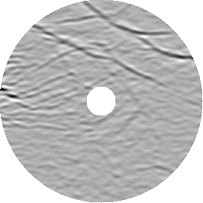
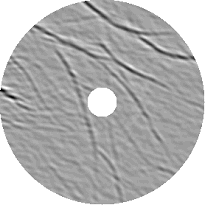
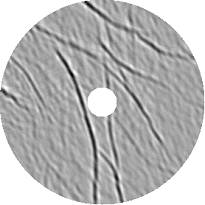
(d) (e) (f)
Figure 5: A typical palmprint image (shown in figure 3) after filtering from Gabor filter oriented at (a) 0 deg, (b) 30 deg, (c) 60 deg, (d) 90 deg, (e) 120 deg, and (f) 150 deg.
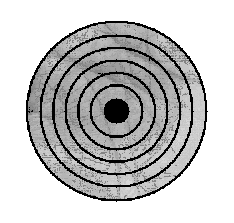
Figure 6: Six concentric circular bands used to sample the features.
6. PalmCode

Figure 7: PalmCode for a typical palmprint used in the experiment.
7. Image Dataset
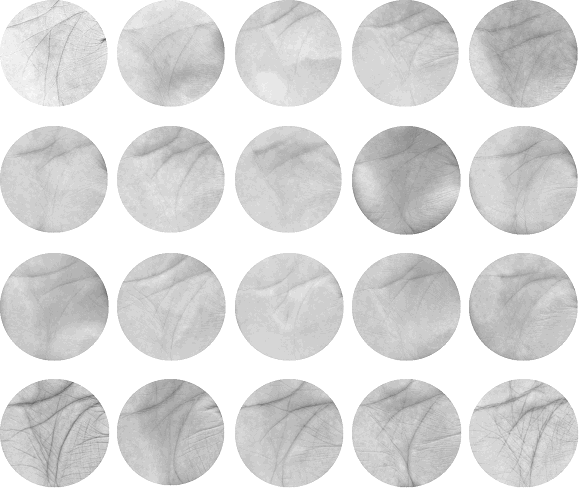
Figure 8: Training palmprints from the right palms of 20 individuals.
8. Results
Table 1: Maximum recognition rate from the experiments.
|
Recognition Rate (%) |
Using Similarity measure |
Using Euclidean distance |
|
Both palm
(40 classes) |
97.75 |
90.75 |
|
Right palm
(20 classes) |
98.00 |
91.00 |
|
Left palm (20 classes) |
97.5 |
90.5 |

Figure 9: Variation of FAR and FRR with the receiver threshold for 40 class.